Self governance, Carl Jung and vulnerability with Ursa Major Moving Group
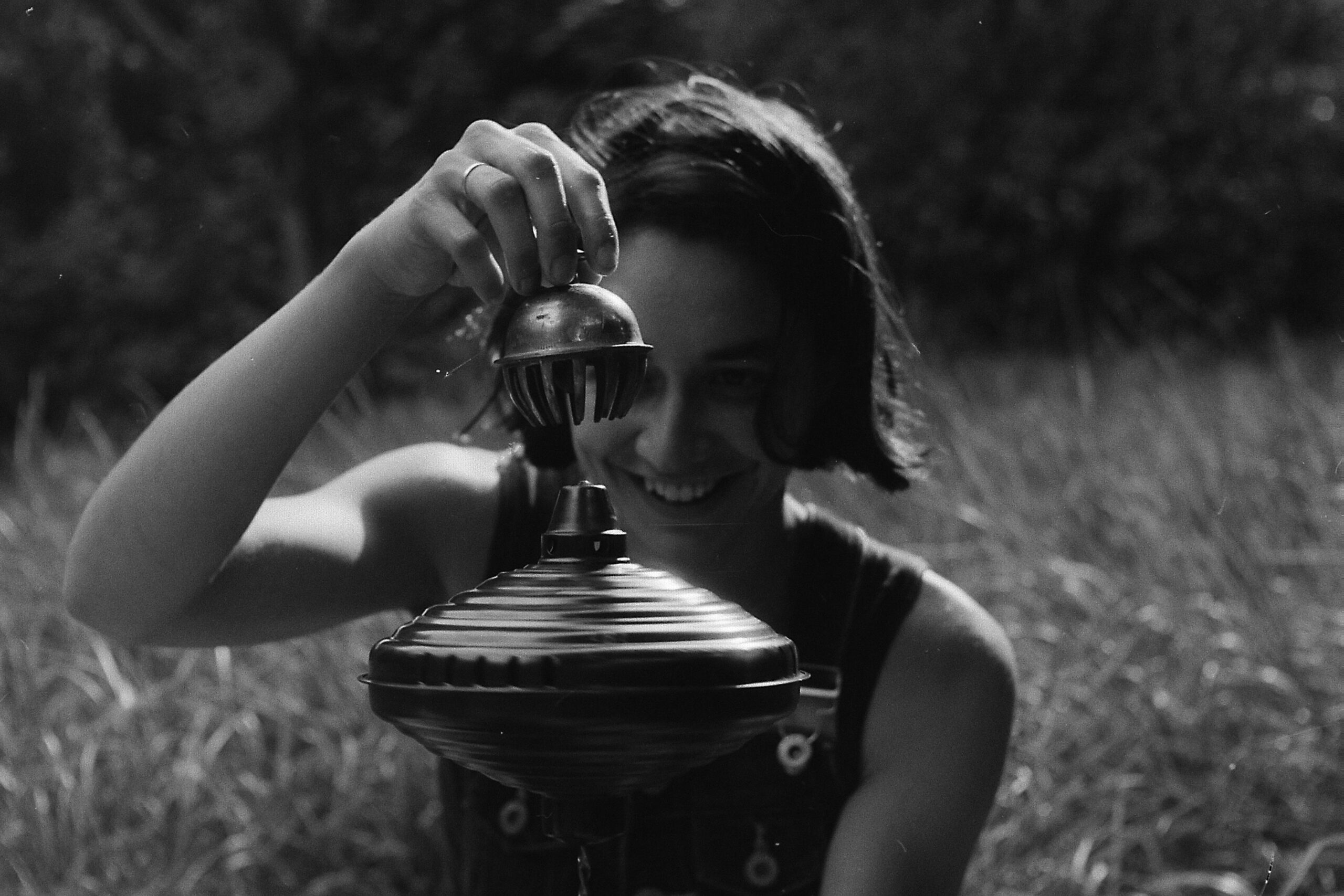
Ursa Major Moving Group, is the solo project of Ursula Russell, the drummer for Snapped Ankles, Alabaster DePlume, Drop Out Venus, and Blue House.
London-based singer and composer Ursula Russell is best known for her drumming in Snapped Ankles, Alabaster DePlume, Drop Out Venus, and Blue House. Last month Ursula unveiled her self-titled debut album – via Faith & Industry Records – under the moniker “Ursa Major Moving Group.”.
An album of delicate folk, chamber pop and angular post-punk Ursula played all the instruments on the album
Raised in a nomadic existence, Russell’s album delved into themes of self-expression, sexuality, psychology, and spiritualism. With wide-ranging influences, her hypnotic melodies and introspective lyrics create a captivating listening experience. Intrigued by this soul-searching journey we delved into the introspective world of Ursa Major Moving Group.
Who are you, where are you and what are you currently doing?
I am Ursula aka Ursa Major Moving Group, currently in my studio in Northeast London, about to delve into reading a new book on Music and Trance.
Tell us a bit about your first album as a solo artist and what the concept of the album was.
I’d say the album is as far away from conceptual as you can imagine. There is perhaps only the story of its journey, which began around 2018 when I started to unplug from all activities and scenarios that no longer resonated with my changing consciousness. Amongst other influences, the astrological ‘Saturn return’, which comes around every 27 or so years in one’s life, played its role in coaxing me off of one train and onto another, upon which I was able to begin to incorporate deeper soul longings into my day-to-day. This album took me through a certain threshold into a more mystical experience of being, where I met the opportunity to tread a more meaningful path and be more in sync with the natural world.
Why did you decide to play all the music on the album yourself and did you miss everyone from Snapped Ankles when recording this album?
I am a self-taught musician and I play by ear – all album composition came through my body, my intuition, my feeling. Rather than having a concept or certain theoretical desire, making the album was a way to alchemise the sensations rooted in my body. As an instrument of sensitivity, I view the body as having an intelligence that, in my case, was able to be made tangible through the making of this record. Playing all the instruments myself was then a way of feeling through what has impacted my life thus far. In the playing, the body is able to speak. The emphasis was on facilitating a mysterious process more than on creating a certain object.
I didn’t miss anything from the world of Snapped Ankles, as I was totally absorbed in creating a record that would end up instilling me with a greater sense of self-governance. Much fun as they are!
What influences and personal experiences shape the thematic exploration of self-expression, sexuality, psychology, and spiritualism in Ursa Major Moving Group’s debut album?
The work of Swiss psychologist Carl Jung found its way to me right on cue. His theory of individuation and of synchronicity were deep companions along the journey of this album. The work of French screenwriter and director Céline Sciamma has also been a major influence as regards the ongoing work to be done in establishing histories of female desire. My first memories of a resonance with spirituality are found in my teens when I felt very strong recognition with blues music. Through being into Bob Dylan I was able to find artists like Elmore James, Elizabeth Cotton, Odetta, Mississippi John Hurt, Taj Mahal and many others.
How does the proximity of the Ursa Major Moving Group contribute to our understanding of stellar evolution and galactic dynamics?
Yesterday someone recounted to me a wonderful reflection from a child they work with. This child said something along the lines of….if, when we are looking at a star, we are observing another time in the lifespan of that star, we can think of it in the reverse too…so when beings from that star are looking at the earth, they could be looking at the pyramids being built.
Naming the project Ursa Major Moving Group allows me to enter a certain mythopoetic place. I’m interested in astrology in the context of the stories it can tell us about our lives here on earth and how it can inform us of certain energies available to work with. I’m not particularly interested in the scientific probing of the universe, but I have read that the core of the Ursa Major Moving Group is located around 80 light years away. The idea that that is ‘proximite’ perhaps scrambles any common understanding of what is ‘close’ or ‘ far away.’ I think having an awareness of the vastness of our outer dimensions helps to welcome an awareness that we carry that vastness inside ourselves too; and furthermore, that the macrocosm and the microcosm are eventually one and the same thing.
How does your debut album as Ursa Major Moving Group reflect your urban backdrop of London and what parts of the album are reflected from the nomadic existence across rural England you were raised in.
I’m sure I could only have gathered the necessary tools and self-knowledge to make this album through being in London for years and years. Both a previously inaccessible queerness along with a true awareness of the reality of my Indian heritage have found a way to breathe in this city. Both of those fundamental facets of my being were buried in rural Herefordshire, even though that countryside is imbued with magic that the city could never offer. I hope that what can be heard throughout the album is a reverence for the natural world, which I may not have developed if I’d not had the experience of being able to walk home from school barefoot and swim in the river every summer as a child.
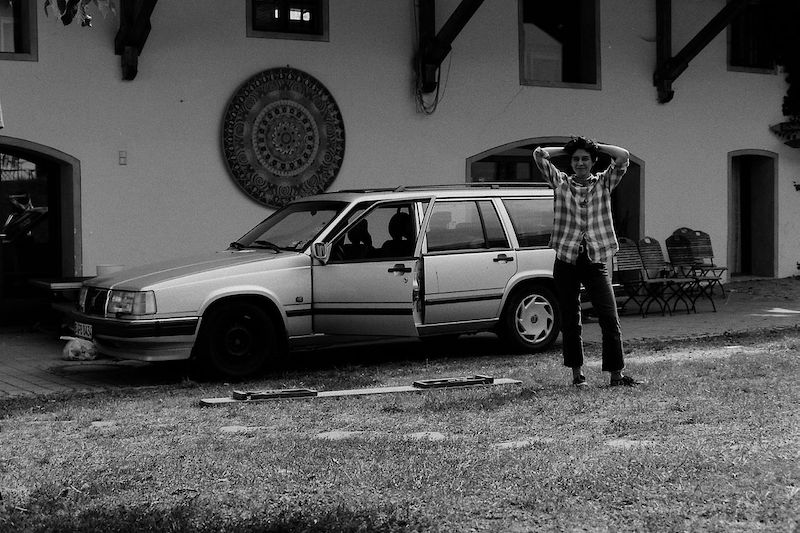
How did this nomadic existence affect your musical education?
Being rootless, moving from place to place means you have to find a home inside yourself. Storytelling in the form of song offers a kind of internal home away from home.
Lead single “Welcome To The Noosphere” incorporates elements of protest and themes of dueling temporalities? How can we be ‘political’ in a culture that now criminalises protest and dissent?
I think that small acts of dissent that make sense to you on a deep level make every bit of difference in changing mass vibrations. These won’t be the same for everyone. For me it makes sense to not have a ‘smart’ phone, though that’s not necessarily possible, or desirable for others.
What role does José Argüelles’ concept of natural cosmic time versus artificial mechanistic time play in the creation of “Welcome To The Noosphere”?
From José Argüelles I took the idea of the Noosphere being the earth’s ‘mental envelope’, in the context of the instantaneous connectivity afforded by our contemporary communications technology. I’m fascinated by the idea that it has taken a man-made technology originating in the military (and now domesticated in everyone’s pocket) to alert us to an experience of unity or ‘universal mind’, when in my opinion, human beings already possess that technology naturally in their being. Welcome to the Noosphere is about a longing to be in right relationship with nature. It asks after the colonisation of time and how, through the imposition of British concepts of time on other cultures during the 19th century, colonisation was made possible. The natural world is cyclical and as long as we live in a linear way with time objectified into seconds, minutes and hours, the natural world perishes. In Time and the Technosphere, José Argüelles defines the actual nature of time as a frequency of synchronization and says that industrial civilization lives in an altogether different temporal frequency, which he defines as artificial time. As a musician, this notion of multiple layers of temporal frequencies really interests me.
What childhood memories and experiences do you explore in the opening track “Reverse Invisible”?
I hated secondary school with a passion. I would stay at home in bed, asleep, dreaming. I did this so often that sometimes I wouldn’t be able to tell which state I was in, dream world or waking world. Eventually, the dream world became as tangible as the waking world and the waking world became as dream-like as dream world. It seemed there was nowhere left to go….
How does the collaboration with Alabaster dePlume on the track “Goodbye George” contribute to the sonic landscape and storytelling of your album?
There’s something eternally childlike and also a great sense of longing in Alabaster’s playing, which made sense for this track. Texturally, I love how his saxophone breaks up the overall feel of guitar band music on the record, if only briefly. I think maybe my Kevin Ayers listening habits found their way onto the album here.
When did you last feel vulnerability?
This morning, a few hours before doing a radio session – when a performance is looming I feel very vulnerable.


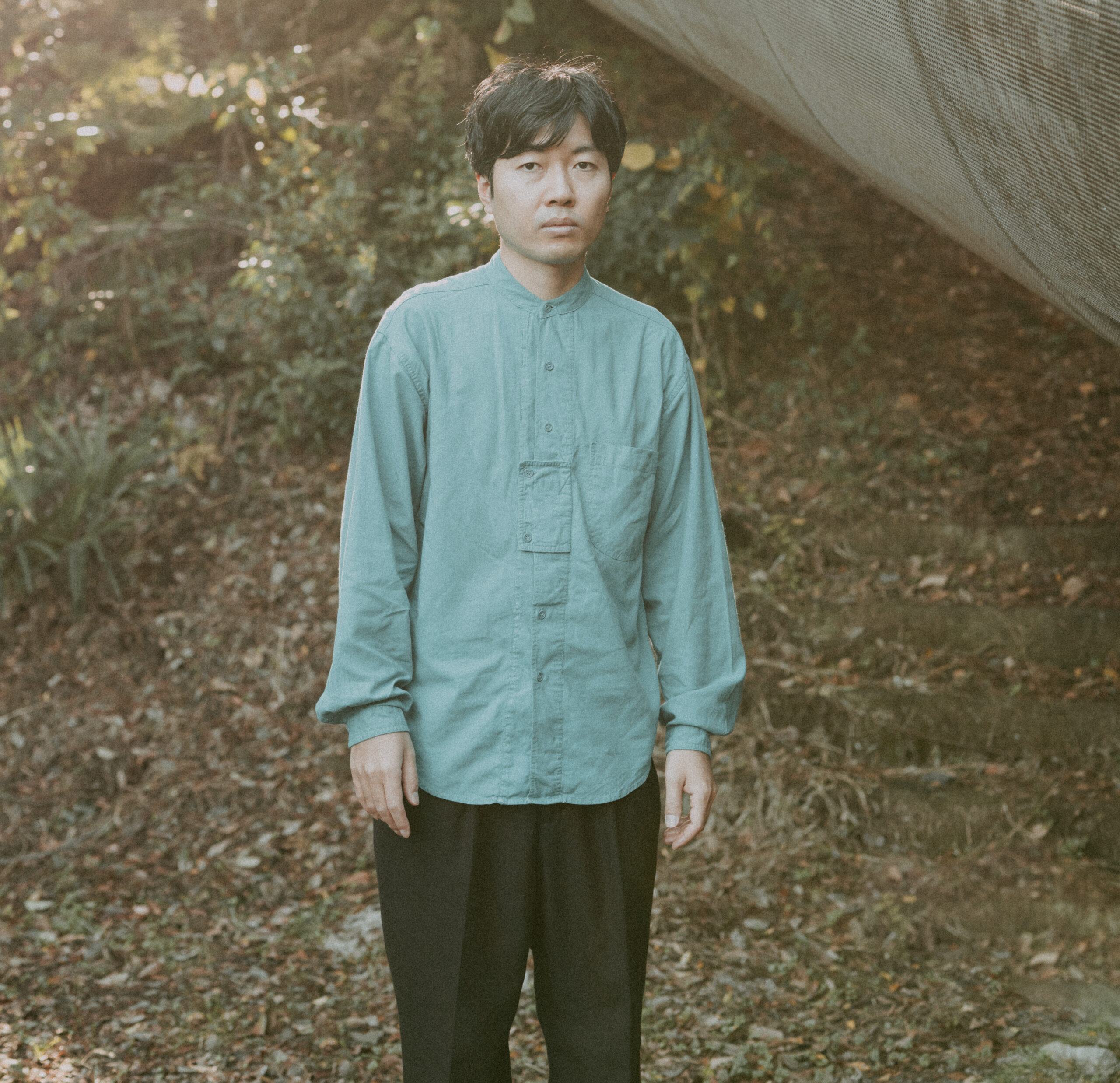

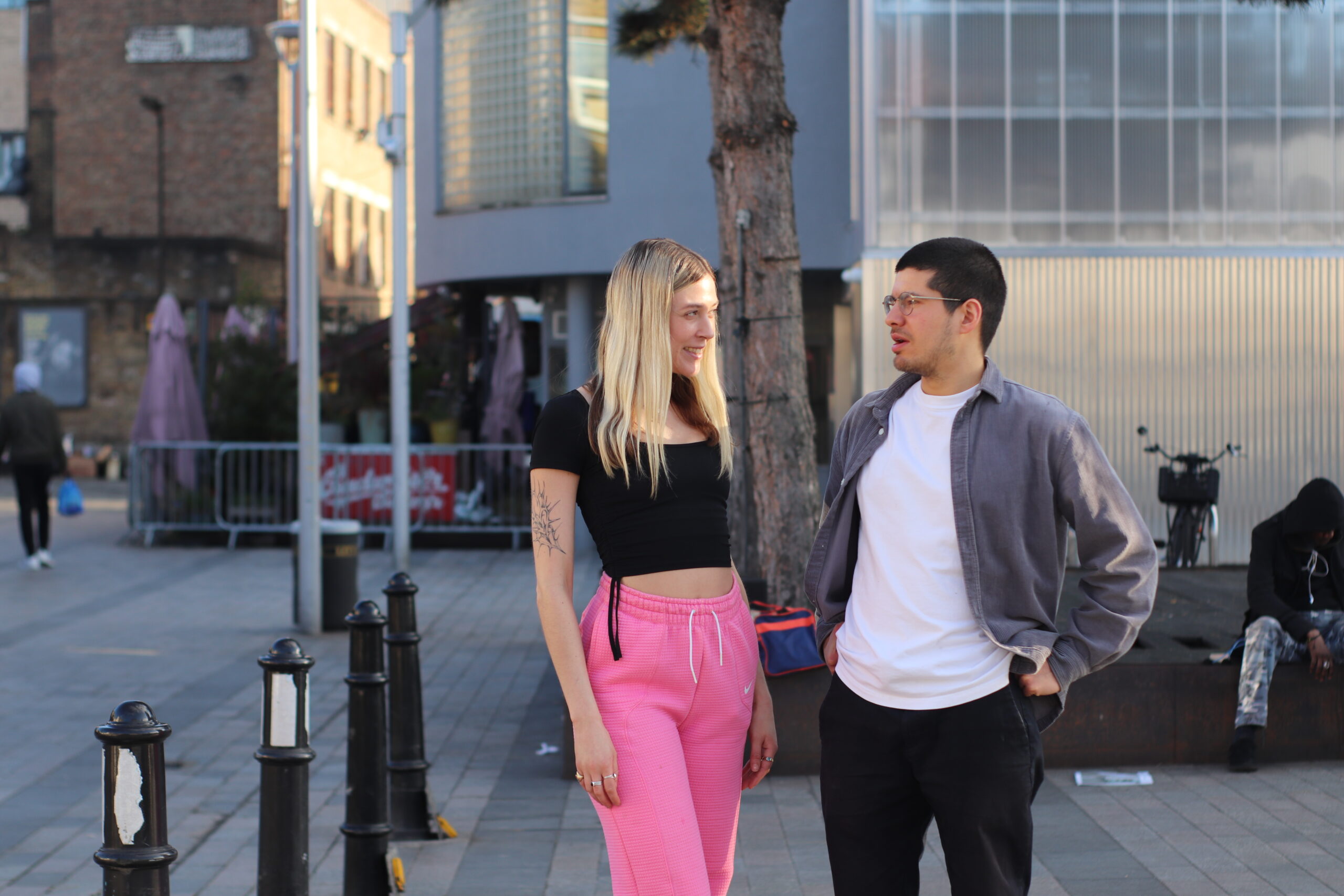










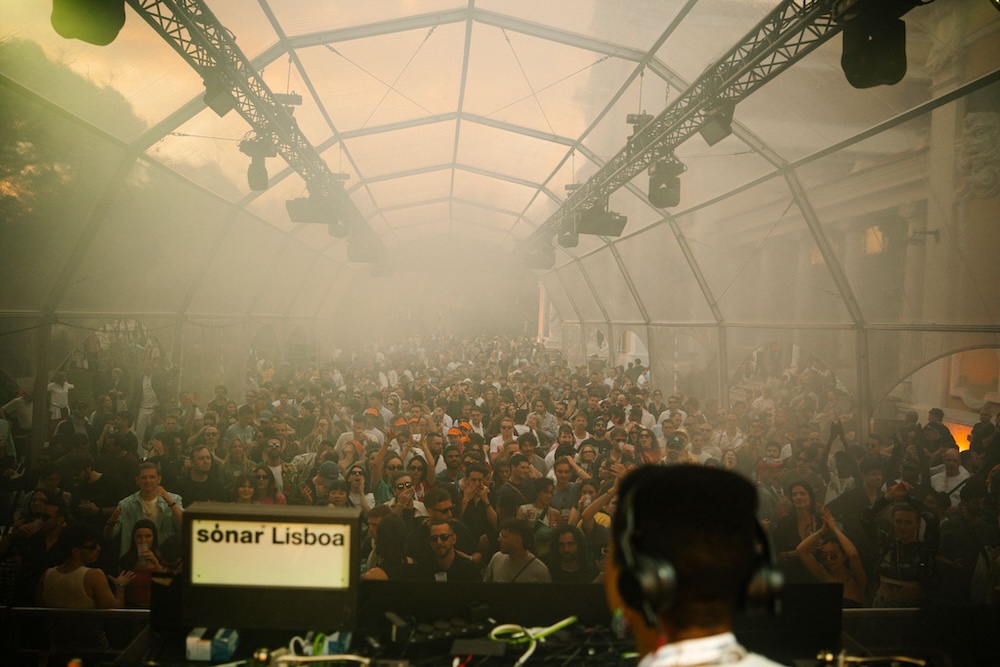
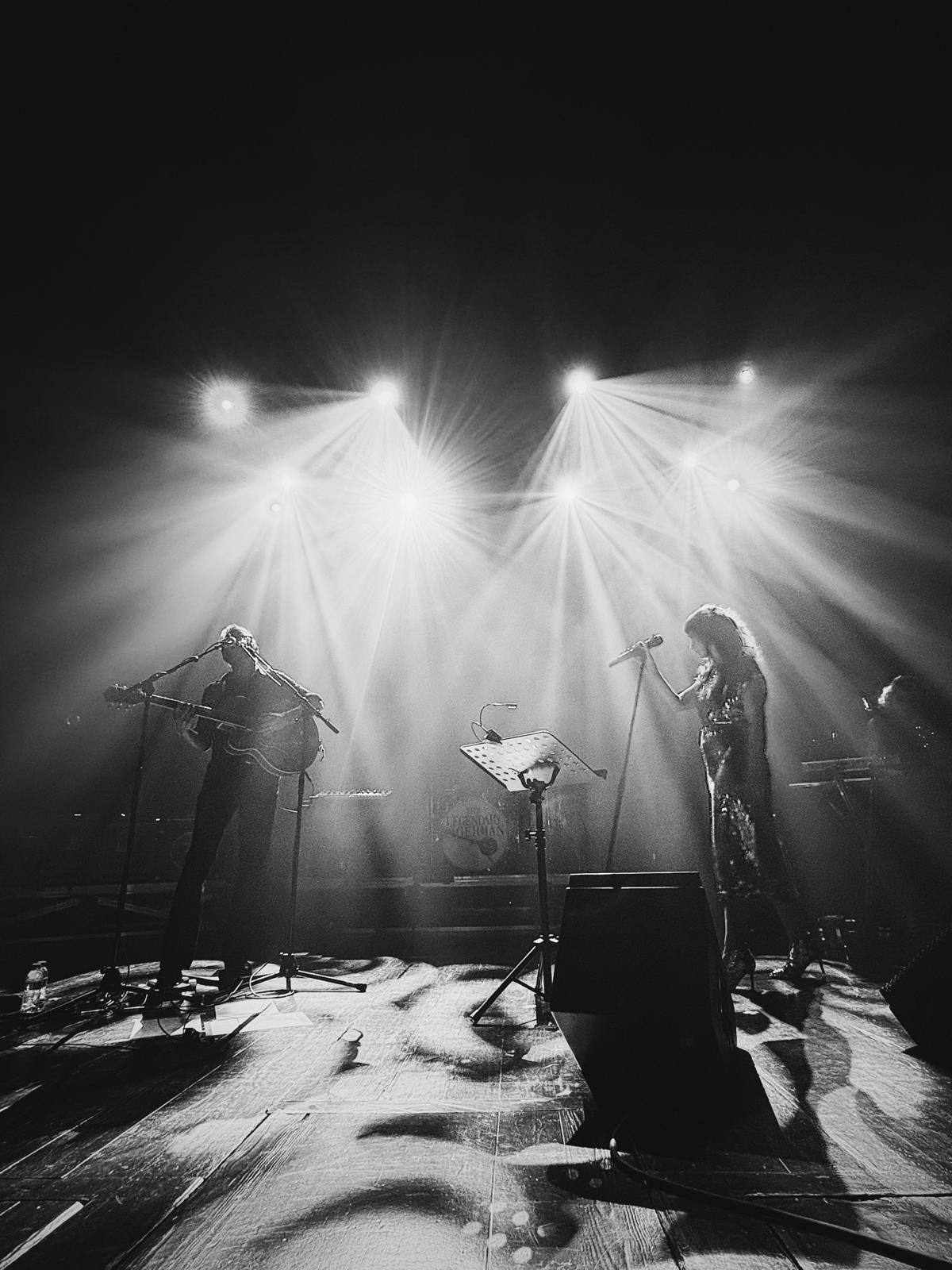




Must Reads
David Holmes – Humanity As An Act Of Resistance in three chapters
As a nation, the Irish have always had a profound relationship with the people of Palestine
Rotterdam – A City which Bounces Back
The Dutch city is in a state of constant revival
Going Remote.
Home swapping as a lifestyle choice
Trending track
Vels d’Èter
Glass Isle
Shop NowDreaming
Timothy Clerkin
Shop Now